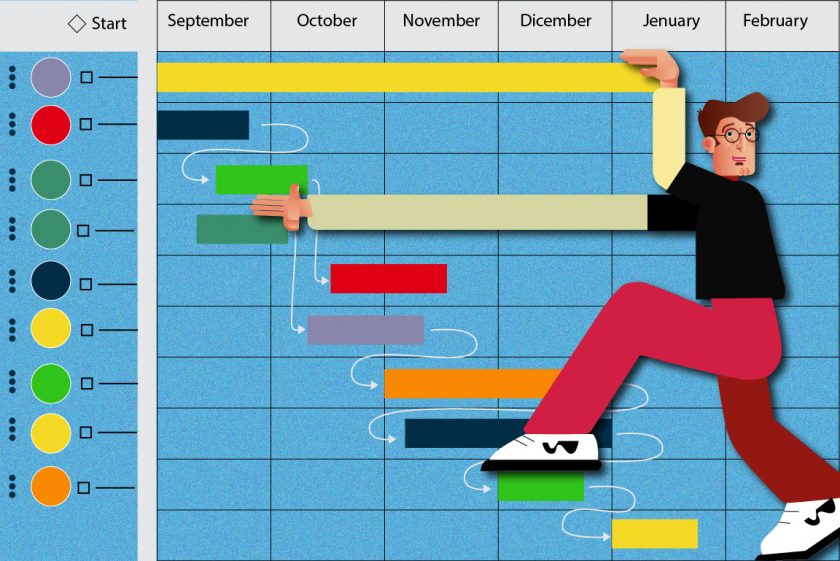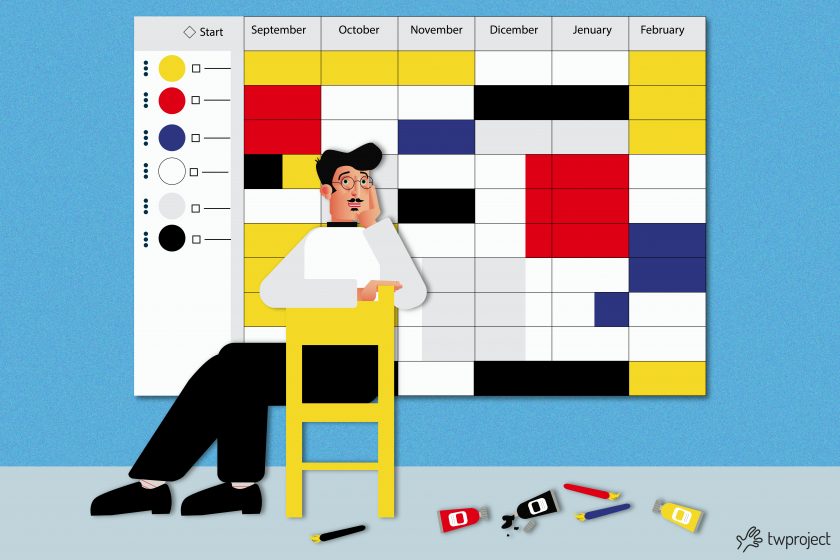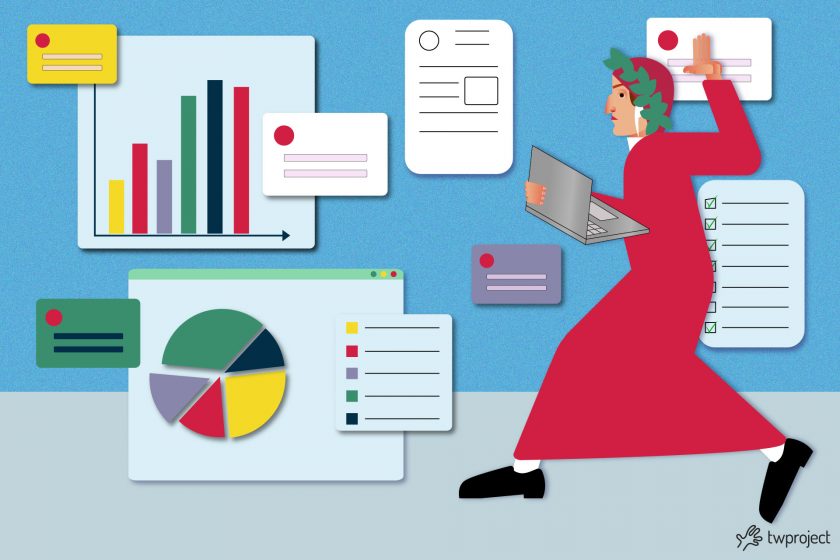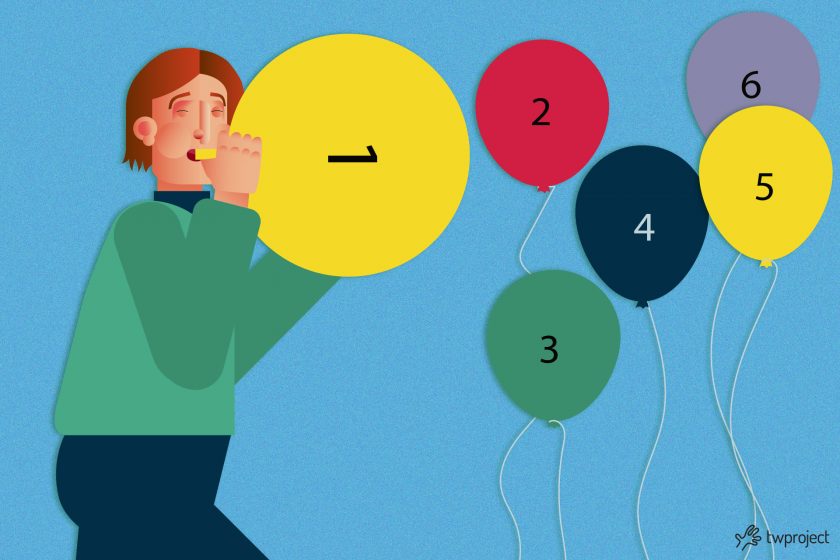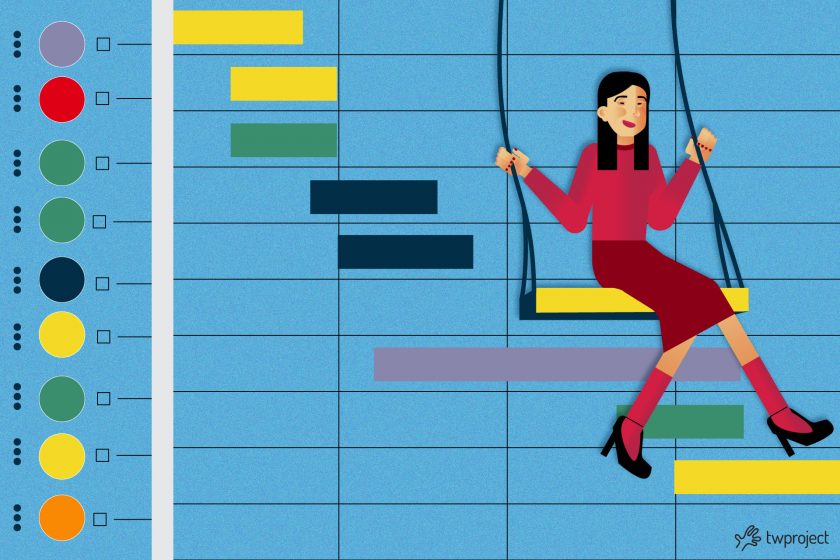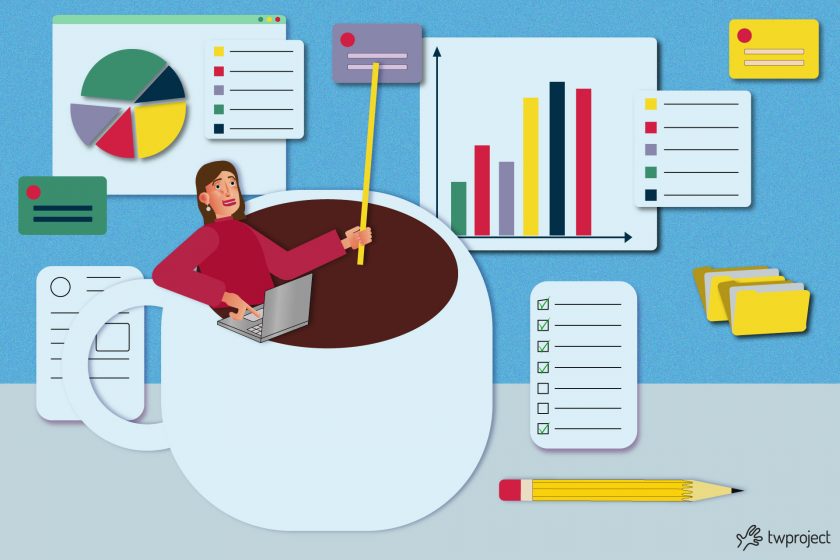-
The schedule and its importance for the Project Manager
The time schedule generally refers to the skills, tools, and techniques used by the Project Manager to manage time when executing projects to achieve specific goals. TABLE OF CONTENT Why you need to plan the time for a project The time schedule: how to structure the project planning routine 1. Planning of the weekly project … Continue reading "The schedule and its importance for the Project Manager"
-
The internal and external corporate environmental factors
Managers must recognize and respond to all the corporate environmental factors that can influence their organizations, taking into consideration the risks and opportunities that arise. Navigating through the modern chaotic work environments is like trying to drive a small boat to shore during a hurricane. CONTENT INDEX Corporate environmental factors: the internal environment Corporate internal … Continue reading "The internal and external corporate environmental factors"
-
Project Sustainability Management: when project management meets sustainability
In today’s day and age, it’s tough to spend a day without hearing or seeing some messages about sustainability, and in this regard, Project Sustainability Management is picking up steam. CONTENT What is Project Sustainability Management? The four aspects of Project Sustainability Management How do we place sustainability at the very core of every project? … Continue reading "Project Sustainability Management: when project management meets sustainability"
-
Gantt: what it is and why it is key for projects
Why create a Gantt Chart? What is it and why is it important in projects? If you are starting to immerse yourself in the world of project management, then you should familiarize yourself with this essential tool in this industry. Its importance in the context of project management lies in its capability to help you … Continue reading "Gantt: what it is and why it is key for projects"
-
Why choose a project management software in your language
Managing a project effectively is a complex task. It requires a lot of time and high capacity. This is why the implementation of a project management software possibly in the mother tongue simplifies the process. This implementation becomes more and more essential, if we consider that companies have goals to achieve that can also be … Continue reading "Why choose a project management software in your language"
-
Gantt vs Agile: differences and combinations
Gantt vs Agile? Choosing between tools and methodologies in project management can significantly impact your project’s outcome. Understanding the peculiarities of a planning tool such as Gantt and a dynamic methodology such as Agile is critical for project managers who strive to optimize processes and lead their work teams to success. We will examine their … Continue reading "Gantt vs Agile: differences and combinations"
-
Gantt charts for a project: productive advantage or disadvantage?
Gantt charts for projects are the essential weapon of the Project Manager, but they can be extremely useful and effective even for anyone who wants to organize their activities in a structured way. This planning tool appeared in the early twentieth century and has since been widely used for project planning. The main reason for … Continue reading "Gantt charts for a project: productive advantage or disadvantage?"
-
How to successfully showcase a project: 6 key tips
Knowing how to deliver a project in the right way is key to the project manager’s success and ensures that they are credited for their professionalism. Furthermore, it is obvious that a good presentation significantly increases the chances of approval. CONTENT How to successfully present a project: 1. Establish your credibility How to successfully present … Continue reading "How to successfully showcase a project: 6 key tips"
-
The project baseline and the measurement of the variables
The project baseline is an “instant photo” of the project taken at its initial moment. The goal of the project baseline is to see how far actual results have deviated from the initial reference plan. TABLE OF CONTENT Project Manager and project baseline Why is the project baseline important? How to check the status of … Continue reading "The project baseline and the measurement of the variables"
-
Gantt chart in Excel: what are the limitations?
The Gantt chart in Excel can be compared to one created in project management software? You will find out shortly by continuing to read. As you well know, the Gantt chart is a central tool in project management for visualizing the progress of every task. Project managers often rely on Excel to create these charts, … Continue reading "Gantt chart in Excel: what are the limitations?"
-
Project management plan: what it is for and how to make it
With no adequate project management plan, your business will be vulnerable to chaotic management, vague objectives, inadequate resources, and frustrated employees. As a matter of fact, unrealistic planning results in high risks that produce poor quality results from high costs. This is why it is so important to make a comprehensive project management plan before … Continue reading "Project management plan: what it is for and how to make it"
-
Swot analysis of a project, how to do it and why
A project SWOT analysis is a strategic planning technique that project managers can use to assess the strengths and weaknesses of their projects. CONTENT What does SWOT mean? What is the purpose of a SWOT analysis? Who should do a SWOT analysis? Advantages of SWOT analysis Examples of SWOT analysis In addition, this analysis will … Continue reading "Swot analysis of a project, how to do it and why"
-
The project milestones: planning objectives and results
Milestones or project milestones are management tools used to define a specific point in the project planning. The points define, in fact, the beginning and the end of work and mark the end of an important phase of the work. Milestones in project management can be used to symbolize all started and finished stuff. CONTENT … Continue reading "The project milestones: planning objectives and results"
-
Master plan & master planning
A master plan is a long-term dynamic planning document that provides a conceptual framework to drive project development and growth. Successful project managers are masters at creating comprehensive project plans that define project scope, cost, planning, activities and resources. A Master Plan reflects a vision set in the early stages of a project and aims … Continue reading "Master plan & master planning"
-
How to identify the project deliverables
In project management, a deliverable is a product or service that is provided to the customer. Project deliverables usually have an expiration date and are tangible, measurable and specific. They are given to an external or internal customer and meet a milestone or a deadline that is created and produced in the project plan. There … Continue reading "How to identify the project deliverables"
Project management
Choose the category you are interested in:
AgileComparisonCost managementPm expertProduct updatesProductivityProject managementResource managementTime managementUsage tips

